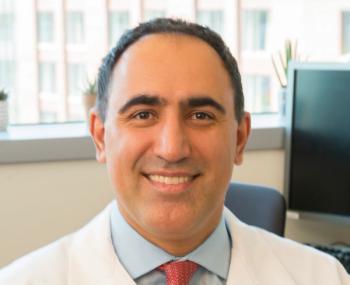
Dr Julie Wolfson Highlights Different Outcomes in AYAs With ALL Compared With Children
Adolescents and young adults with acute lymphoblastic leukemia (ALL) tend to have worse outcomes than children with ALL, and new research published at the 59th American Society of Hematology Annual Meeting delved into the reasons why, explained Julie A. Wolfson, MD, of the University of Alabama at Birmingham School of Medicine.
Adolescents and young adults with acute lymphoblastic leukemia (ALL) tend to have worse outcomes than children with ALL, and new research published at the 59th American Society of Hematology Annual Meeting delved into the reasons why, explained Julie A. Wolfson, MD, of the University of Alabama at Birmingham School of Medicine.
Transcript
How do outcomes of adolescents and young adults with acute lymphoblastic leukemia differ from children?
Adolescents and young adults, or AYAs, the National Cancer Institute defines as patients who are diagnosed with cancer between the ages of 15 and 39, and AYAs with ALL in specific have poor survival compared with children. So children, in our study, we had comparable survival to what's been shown nationally before, which is about 70% to 80%, depending on their age; in AYAs, it's more 35% to 45%, depending on the age, as well.
What are the reasons for the differences in outcomes between AYAs and children?
So that's a really important question, and it's something that we're really all trying to get to the bottom of. In our study, what we looked at was, in specific, in AYAs what predicted that poor survival. And there were 2 different times when they relapsed, and in terms of the risk of that relapse, we found that if they were going to relapse on therapy, there was about a 2.2-fold increased risk in patients on therapy if they were from non-white races or ethnicities. And there was a 2.6-fold increased risk of relapse if the were not enrolled on a clinical trial, as compared with patients that were enrolled on a clinical trial.
But then when we looked at the risk of relapse after they finished treatment, if was actually the duration of therapy. So for each additional month of maintenance treatment that they had, there was a 30% decreased risk of relapse. And for each additional month of consolidation treatment, there was a 20% decreased risk of relapse. There was also a trend toward association with socioeconomic status and insurance there.
Newsletter
Stay ahead of policy, cost, and value—subscribe to AJMC for expert insights at the intersection of clinical care and health economics.













































